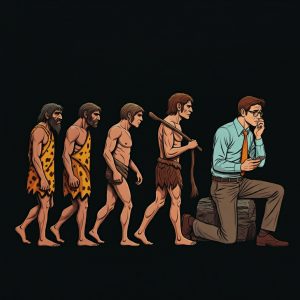
Fear has been a companion of humanity for as long as we’ve existed, rooted in our primal instincts to survive. It’s the visceral reaction to the unknown, the lurking threat we can’t quite put a name to. But over time, as society has evolved, so too has our relationship with fear—and by extension, our view of horror. While we’re no longer running from predators or hiding from monsters in the dark (unless you count tax season), the way we experience and write about horror has shifted with the culture.
The Roots of Horror: Fear as Survival
In the earliest days of storytelling, fear wasn’t about entertainment. It was a survival mechanism. Myths and legends emerged as ways to explain and warn about dangers—wolves, natural disasters, plagues—anything that could threaten our lives. Early horror writing tapped into these primal fears, often drawing on folklore, superstition, and the unknown to keep the fire of terror burning in the reader’s mind. For centuries, horror was deeply intertwined with the supernatural and religious dogma, reminding us of our fragility in the grand cosmic scale.
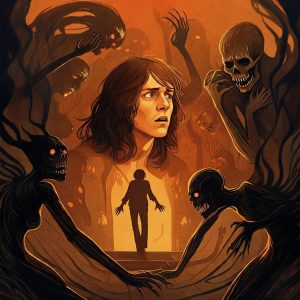
Horror’s Golden Age: Reflections of Society’s Anxieties
As civilization advanced, horror began to reflect more than just our immediate dangers. It became a mirror for societal anxieties. From the gothic literature of the 19th century to the rise of modern horror films, fear adapted to reflect the shifting concerns of the times. In Frankenstein and Dracula, we see the fear of science and progress gone too far, while Jaws tapped into modern man’s vulnerability to nature. In every era, horror adapts to the specific cultural fears of the time, making it one of the most adaptable genres.
But more importantly, horror shifted from being purely a reflection of external threats to exploring the internal—what lies within our own minds. Psychoanalytical fears, mental illness, and personal dread became the new battleground of the genre. Psycho, The Shining, and The Exorcist explored the monsters within us, those we couldn’t escape, no matter how far we ran.
Modern Horror: The Evolution of Fear
Fast forward to today, and horror is in an interesting place. Our fears have evolved—climate change, pandemics, technological dystopias—and so have the stories we tell. Writers now explore horror in more nuanced, often ambiguous ways. The distinction between hero and monster has blurred, and the concept of “evil” is less black-and-white. We see this in shows like Black Mirror, where the villain might just be the very technology we’ve come to depend on.
More than ever, horror is no longer just about making readers or viewers scared. It’s about making them think. Modern horror challenges our perspectives, confronts taboos, and pushes boundaries. We’ve come to appreciate the complexity of fear, using horror as a tool for exploring deeper societal issues like trauma, inequality, and existential dread.

Writing Horror Today
As writers, this evolution of horror opens up new avenues for creativity. We’re no longer limited to just shocking our audience with gore or jump scares. Instead, we can tap into a wider range of emotions—unsettling them, making them question their reality, or reflecting the fears that linger just beneath the surface of our modern lives.
The trick to writing compelling horror today lies in understanding what people fear now. It’s not just about the ghost in the attic or the monster under the bed. It’s about the dread of uncertainty, the fear of losing control, or the terror of a society unraveling. And as our culture continues to change, so too will our relationship with horror. That’s why it remains a powerful genre, capable of evolving with us while still keeping us on the edge of our seats.
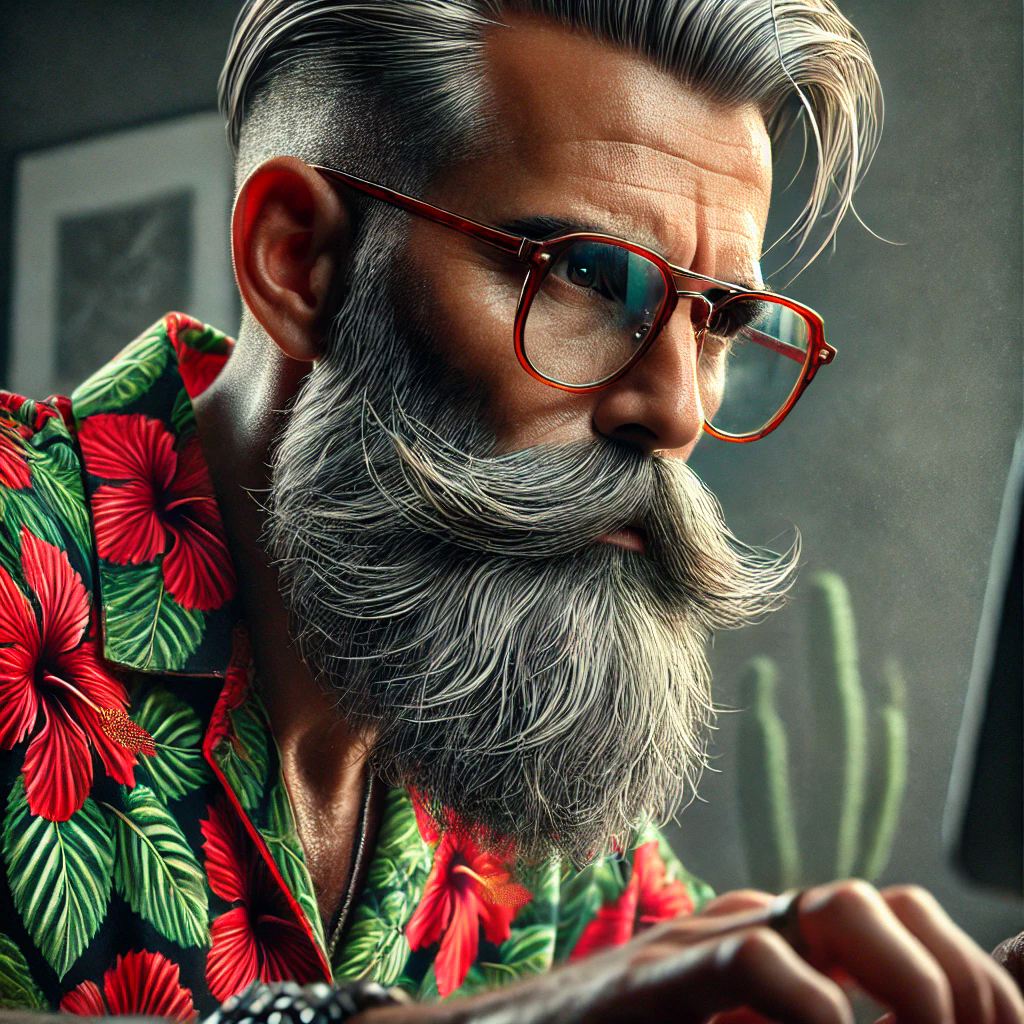
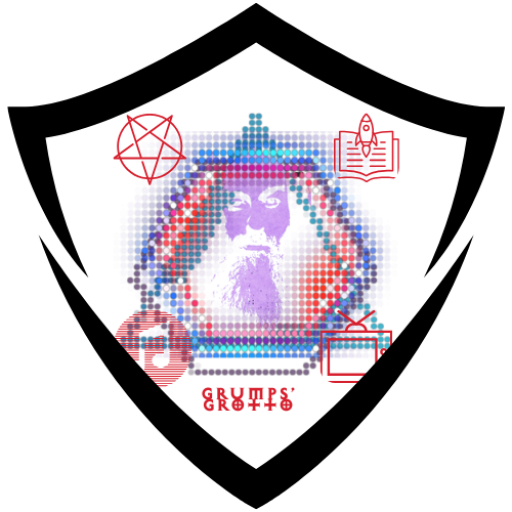
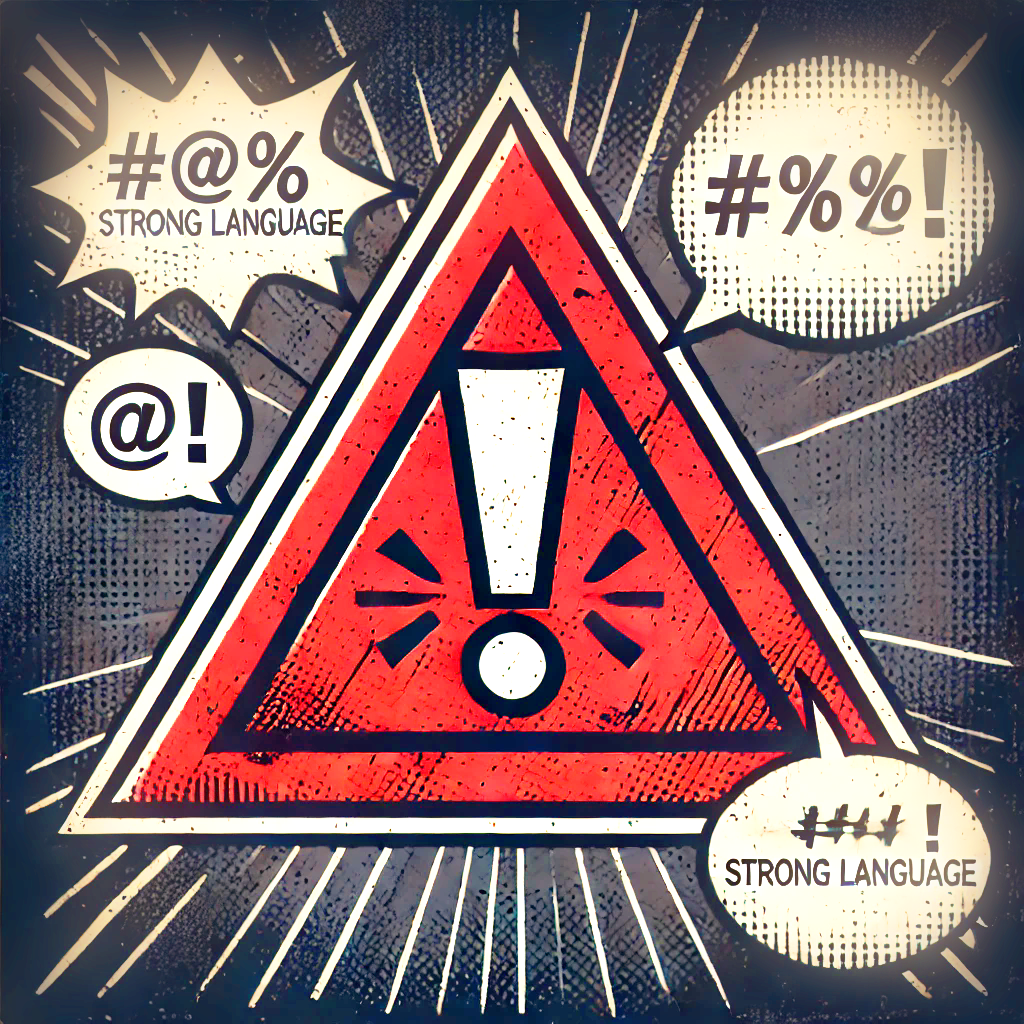

Leave a Reply